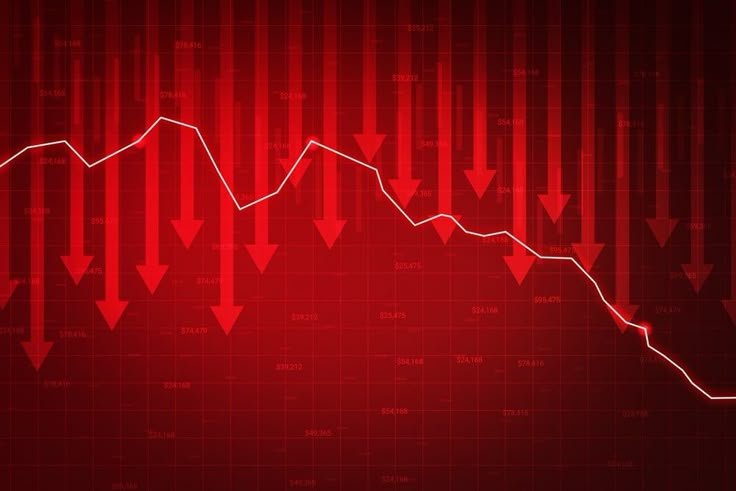On April 3, Binance issued a critical update on its official blog, reaffirming its support for the stablecoin First Digital USD (FDUSD) and addressing recent controversy stirred by Tron founder Justin Sun. The update confirmed that Binance had conducted two thorough reviews of FDUSD’s reserve data to ensure transparency and trust amid heightened scrutiny.
Binance carried out the first review after First Digital Trust (FDT) released its February attestation report. The second assessment took place in early April, after Sun made accusations of insolvency against the FDUSD issuer. These accusations sparked panic among traders, causing FDUSD to temporarily depeg from the U.S. dollar, with prices plunging to $0.87 before recovering to $0.99.
Binance Confirms FDUSD’s Full Backing
Binance’s April 3 blog post sought to calm investor concerns. The exchange stated that it had verified FDUSD’s backing through independent attestations. As of March 1, FDUSD held $2.05 billion in reserves, exceeding the total stablecoin in circulation. These reserves consist of fixed deposits and U.S. Treasuries, providing a 1:1 guarantee with the U.S. dollar.
Prescient Assurance, a third-party auditor, completed the audit. Their attestation confirmed that First Digital Trust maintains sufficient reserves to cover all FDUSD tokens in circulation. Binance emphasized that it cross-verified the audit findings independently before restating its confidence in FDUSD’s reliability.
The Trigger: Justin Sun’s Insolvency Allegations
Tension began when Tron founder Justin Sun posted a series of public claims alleging that First Digital Trust was insolvent. Sun criticized Hong Kong’s financial system, warned investors to withdraw funds, and urged regulators to investigate the stablecoin issuer.
His tweets triggered widespread panic selling. Investors rushed to liquidate FDUSD holdings, which led to the stablecoin dropping sharply—at one point hitting $0.87, well below its $1 peg. Within hours, the market began to recover, and FDUSD rebounded to $0.99 by April 3.
The temporary depegging revealed how vulnerable the stablecoin market remains to influential voices and misinformation, particularly when those voices hold substantial sway within the crypto community.
First Digital Trust Responds to the Allegations
First Digital Trust immediately responded to Sun’s statements. The firm dismissed the allegations as false and damaging. According to FDT, the insolvency claims were “deceptive and malicious” and stemmed from an unrelated issue involving TrueUSD (TUSD), another stablecoin it manages.
FDT asserted that FDUSD remains fully backed by high-quality assets and that the temporary depeg resulted solely from panic caused by Sun’s public remarks. The company accused Sun of launching a deliberate smear campaign, possibly driven by personal or business motives.
To reinforce its position, FDT announced its intention to pursue legal action against Sun for spreading false information. The firm insisted it will protect its reputation and that of FDUSD through appropriate legal channels.
Binance’s Massive Exposure to FDUSD Sparks Debate
Binance currently holds approximately 94% of all FDUSD tokens in circulation. This dominant exposure has raised questions among crypto analysts and traders. Relying so heavily on a single stablecoin, especially one at the center of controversy, presents clear risks.
Traders fear potential disruptions if FDUSD faces regulatory action or further price instability. Since Binance uses FDUSD for several core trading pairs, including BTC/FDUSD and ETH/FDUSD, any issues with the stablecoin could create liquidity shocks.
Market participants have urged Binance to diversify its stablecoin base and reduce reliance on a single issuer. While FDUSD offers strong fundamentals on paper, the recent scare illustrated the market’s hypersensitivity to public perception and speculation.
Broader Implications for the Stablecoin Market
The incident shines a light on the broader stablecoin ecosystem. Although FDUSD survived this wave of controversy, the episode underlined the fragility of stablecoin trust and the outsized impact that public figures can have on token stability.
Investors have grown increasingly wary of centralization risks. The fact that one exchange controls nearly all of a stablecoin’s supply raises concerns about market manipulation, regulatory vulnerability, and liquidity risks during times of panic.
The episode also reignited the debate about stablecoin audits. While many issuers publish monthly attestation reports, not all of them follow industry best practices for transparency. The crypto community continues to push for real-time reserve disclosures and higher standards in third-party auditing.
FDUSD’s Road to Recovery
Despite the turmoil, FDUSD regained its peg quickly. As of April 3, it traded at $0.99, just one cent below its intended value. Binance confirmed that it will carry out another internal review once First Digital Trust releases its next attestation report in two weeks.
The exchange reiterated its commitment to maintaining transparency, protecting users, and ensuring that its listed stablecoins remain fully backed and trustworthy. Binance also encouraged FDUSD holders to review the attestation data themselves for peace of mind.
Meanwhile, First Digital Trust continues to operate normally. The firm has not reported any disruption to its business, and its legal team is preparing to counter Sun’s claims.
Justin Sun’s Role in the Drama
Sun remains one of the most controversial figures in the crypto space. While he built Tron into a top blockchain ecosystem, his frequent disputes, cryptic tweets, and bold accusations often stir markets.
Some industry insiders speculate that Sun’s comments about FDUSD could have had strategic motives. With his involvement in multiple crypto projects, including USDD and TrueUSD, destabilizing FDUSD might have created favorable conditions for his own assets.
Others believe Sun’s concerns stemmed from regulatory developments in Hong Kong, where tighter oversight of crypto assets is becoming a reality. If FDUSD or TrueUSD faces scrutiny from Hong Kong authorities, the ripple effects could hurt related businesses, including Tron-based applications.
Regardless of intent, Sun’s statements carried weight, and the market responded. His influence continues to demonstrate the need for responsible communication in a space where billions of dollars remain at stake.
What Comes Next?
Both Binance and First Digital Trust plan to double down on transparency. Binance will continue to monitor FDUSD closely, while FDT has pledged to publish more detailed audit findings in the coming weeks.
Traders and investors will likely watch the next attestation report closely. Any deviation or ambiguity in that report could reignite volatility. Binance has hinted at contingency plans but has not yet outlined what those might involve.
In the long term, the FDUSD incident may push exchanges and stablecoin issuers to adopt stricter governance, better communication protocols, and stronger audit frameworks. The trustworthiness of stablecoins depends not only on their financial backing but also on the public’s confidence in how they are managed.
Conclusion
The FDUSD controversy exposed the deep influence that individuals and narratives hold in the crypto market. Despite false insolvency claims and a momentary loss of peg, the stablecoin demonstrated resilience and quickly recovered.
Binance’s commitment to transparency and multiple reviews of FDUSD reserves helped restore calm. Still, the situation reminded the industry that stability in stablecoins isn’t just about numbers—it’s about perception, trust, and swift, responsible action when crises arise.
As FDUSD regains market stability, the crypto community now looks toward better risk management, less centralization, and a stronger foundation for the next generation of digital assets.




